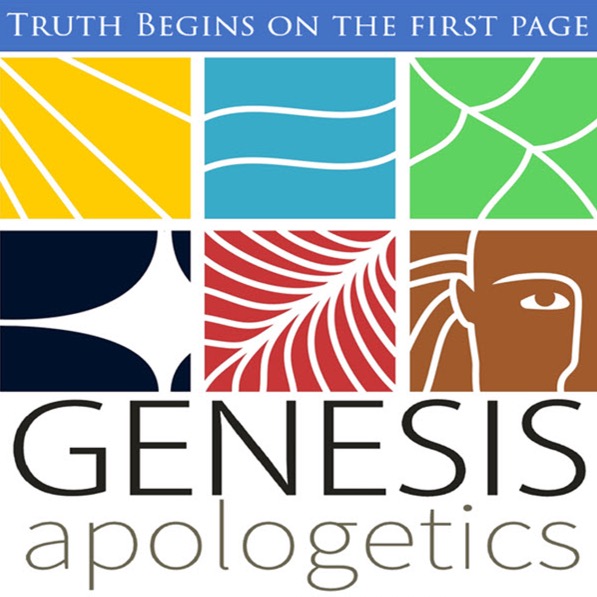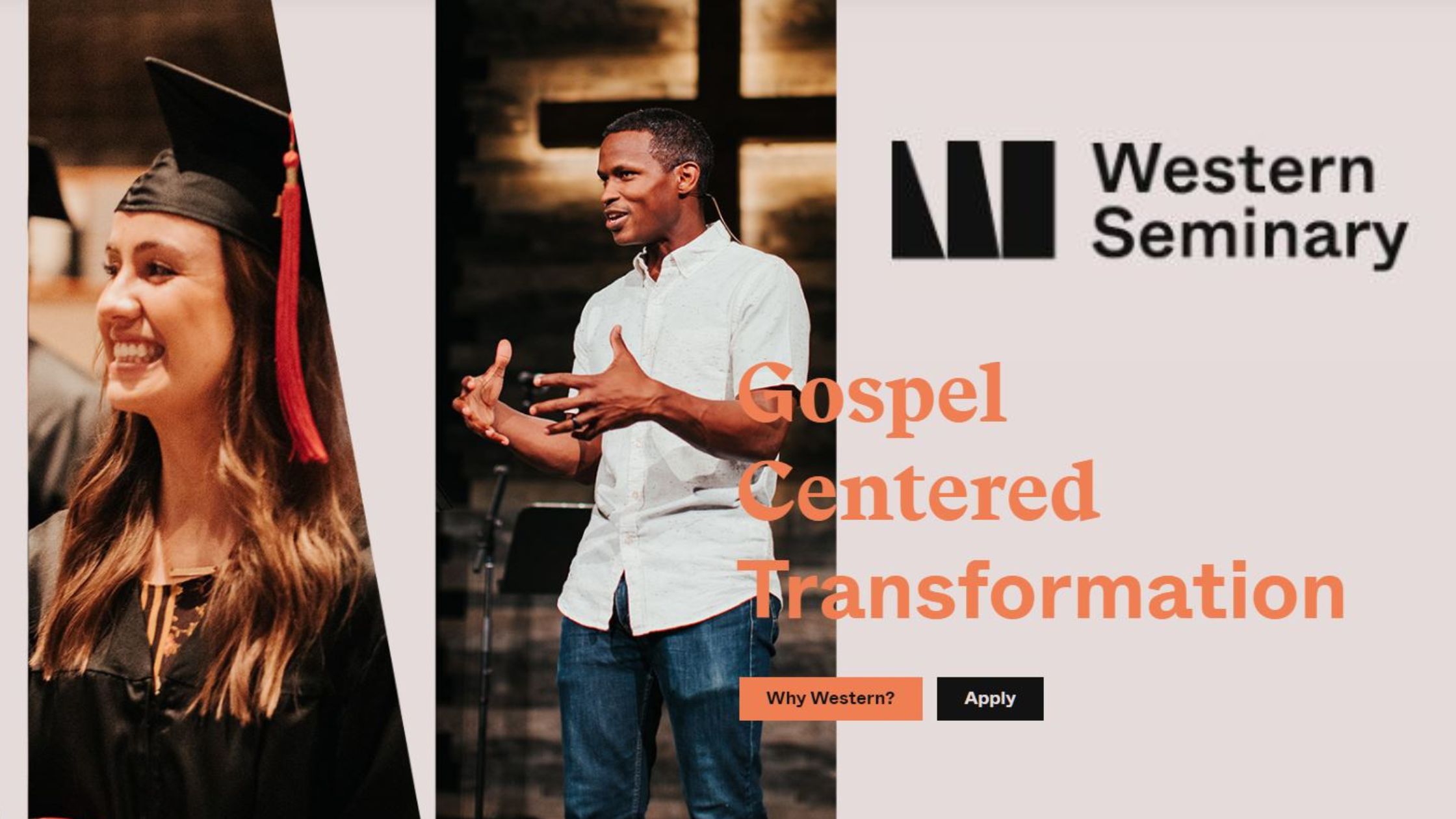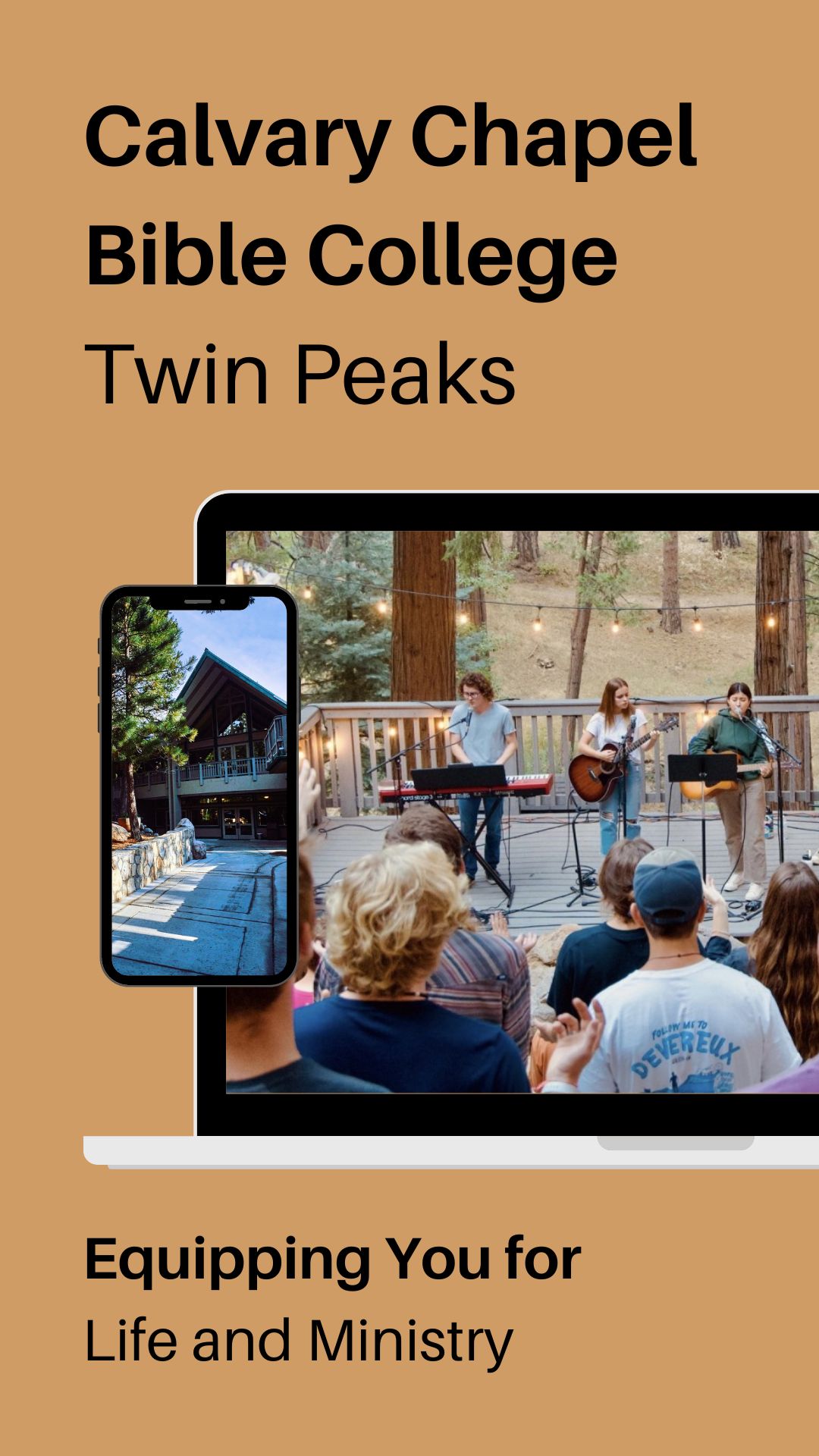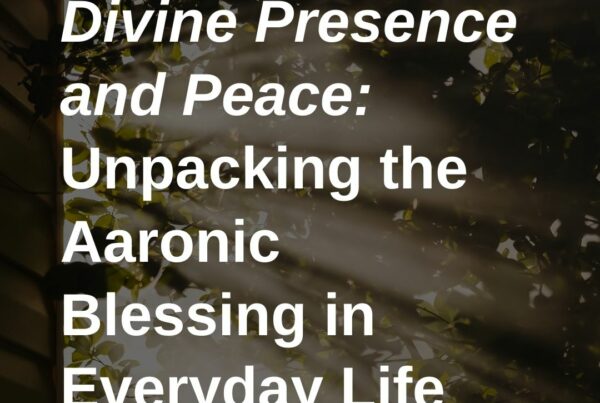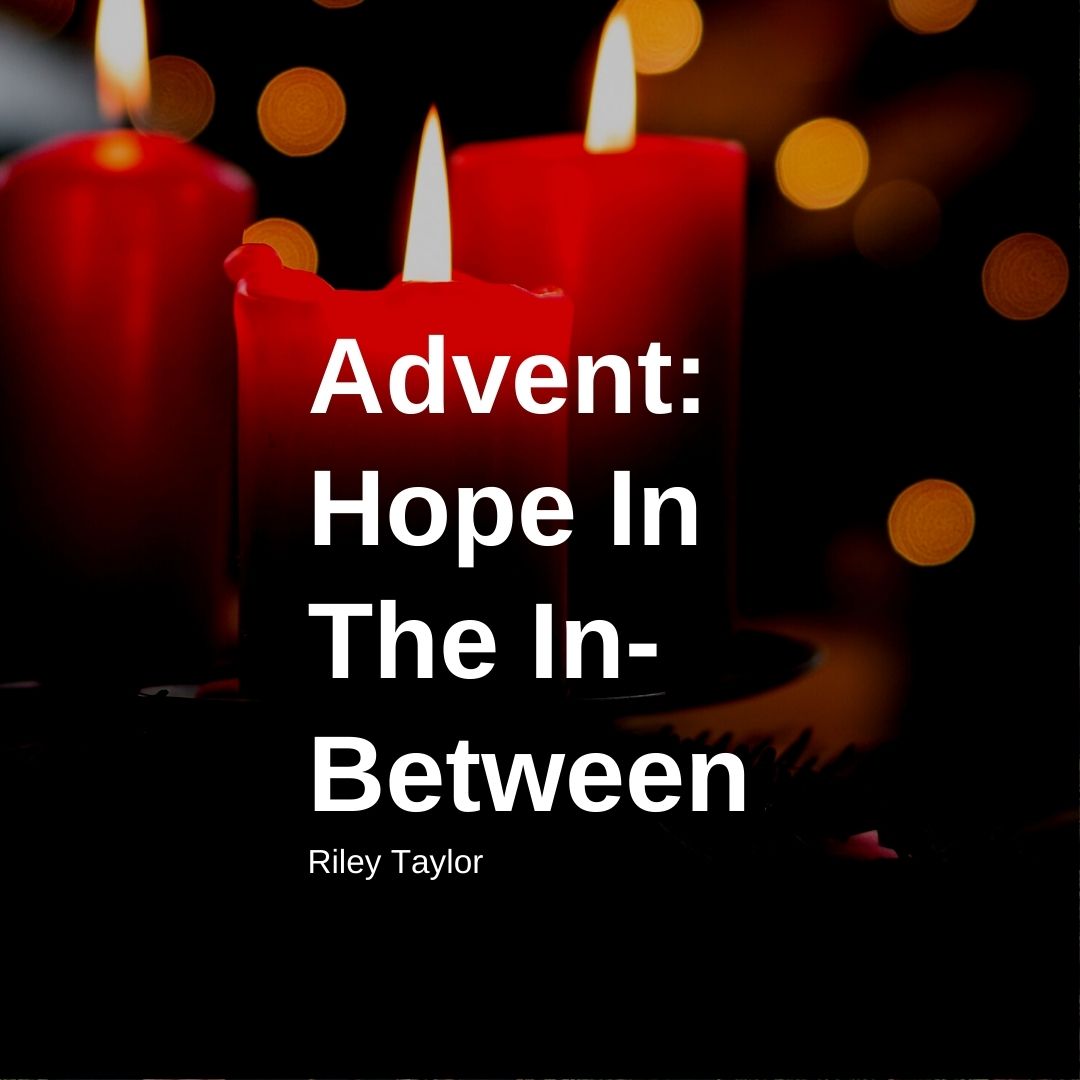
Advent Shows Us How to Wait with Expectancy
Sunday, December 3rd, marks week one of Advent, which is all about hope. Hope often looks like expectation, anticipation—while waiting. Waiting is central to hope. It’s easy to see this theme around Christmas time. Children everywhere wait with expectant anticipation for December 25th, for Santa, for presents. Every year, I recall a fond memory of my four-year-old daughter Scout yelling, “Christmas is my favorite Halloween!” Kids love (and hate) waiting, but they do so because they have hope.
Advent’s hope is woven throughout our Christmas hymns. In “O Come O Come Emmanuel,” we sing from the perspective of the Old Covenant Israelites, impersonating their hope for the long-expected king who the prophets said would come—soon. This theme is in the Scriptures’ telling of Jesus’ coming. When the Messiah finally came, Philip went to Nathanael and exclaimed, “We have found him of whom Moses in the Law and also the prophets wrote!” (John 1:45).
Perhaps the best example is Symeon, who lived his entire life with the hope that he would see the Messiah. We’re told that he was “waiting for the consolation of Israel,” having been told by the Holy Spirit that he wouldn’t die until the Messiah came. Holding the infant Jesus in his arms, Symeon declared his willingness to die, for finally, “my eyes have seen your salvation” (Luke 2:25-32). Symeon had waited for this moment his entire life, able to endure the “in-between” because he had hope.
Advent is a season where we learn to wait. Perhaps you’re waiting for something today. You’re between jobs, between decisions, between seasons of growth, between relationships—waiting for joy, waiting for success, waiting for salvation. How can we hold on to hope in the in-between?
A Little While
Jesus’ language for that in-between is the phrase “a little while.” In John 16, he tells his disciples that for “a little while, you will see me no longer; and again a little while, and you will see me” (John 16:16). He’s perhaps referring to the few days when he goes to the cross, dies, and is buried (scholars disagree on what “little while” Jesus is talking about). In any case, it’ll be a time of grief, sorrow, and painful waiting. That’s the in-between: the difficult, perilous, frustrating seasons of waiting. But afterward, they will see him again. The dead will rise. Hope will be fulfilled as “your sorrow will turn into joy” (v20). Here, Jesus offers hope to his disciples at their darkest hour. How will they get through the trauma of the next few days? Only by holding on to hope.
Fleming Rutledge explains that this pattern of hope in the in-between is what Advent is all about:
“Advent contains within itself the crucial balance of the now and the not-yet that our faith requires… [Between] the yearly frenzy of “holiday” time in which the commercial Christmas music insists that “it’s the most wonderful time of the year” and Starbucks invites everyone to “feel the merry.” The disappointment, brokenness, suffering, and pain that characterize life in this present world is held in dynamic tension with the promise of future glory that is yet to come. In that Advent tension, the church lives its life.“ (Fleming Rutledge, Advent: The Once and Future Coming of Jesus Christ).
The “Advent tension” that Rutledge mentions is what so many of us experience on a daily basis. It’s what our songs are about and the air Israel breathed for centuries. Waiting is an everyday reality on this side of resurrection. In order to hold on to hope, we must remember three things.
The In-Between is Necessary
The “little while” was necessary if Jesus was going to make a way to God. “Until now you have asked nothing in my name,” he explains. “Ask, and you will receive, that your joy may be full” (v. 24). Before the cross, “until now,” our relationship with God was based on nothing but promises and hope. By going to the cross, Jesus changed the relationship. Now, we approach God “in his name.” Jesus is helping his disciples understand that he had to leave them for a little while because by doing so, he secured our relationship with God.
Sometimes we don’t understand why God tarries or why promises take a long time to fulfill. We ask, “Why?” and wonder if we’re not wasting our time. But we can hold on to hope if we remember that these seasons of waiting are necessary. God is using them for our good. Peter relayed this lesson later in his letter:
“In this you rejoice, though now for a little while, if necessary, you have been grieved by various trials, so that the tested genuineness of your faith—more precious than gold that perishes though it is tested by fire—may be found to result in praise and glory and honor at the revelation of Jesus Christ” (1 Peter 1:6-7).
Frodo Baggins didn’t understand why he was tasked with the season of life he found himself in. “I wish it need not have happened in my time,” he tells Gandalf. Gandalf explains to Frodo that none of us understands the times we’ve been given, nor can we control the seasons we’re in. But, knowing these seasons are necessary, one thing we can do: “All we have to decide is what to do with the time that is given us.” The in-between seasons of life are something God is using. But what is he using it for?
The In-Between is Formative
God uses the in-between seasons to form something beautiful in us. Notice the verb in Jesus’ promise: “You will be sorrowful, but your sorrow will turn into joy” (John 16:20). That turning is the process of spiritual formation. It’s the process of becoming like Christ as we learn to trust in him, believe his promises, and hold on to hope.
Admittedly, this process is a difficult one. Pain seems bad. We might try to ease the pain of migraine with Ibuprofen or endure the heartache of a breakup with a tub of ice cream and a night of Netflix. But have you noticed that not all pain is bad? The pain of grad school—that’s a good kind of pain, the kind that promises a career at the end of it. There’s the pain of practice that promises proficiency. The pain of physical labor brings with it the promise of a remodeled bathroom. Growing pains bring growth. Exercise brings health. Labor brings a child. As we sometimes say, “No pain, no gain.” The Gospel of Jesus extends that promise to the pain of suffering:
“Count it all joy, my brothers, when you meet trials of various kinds, for you know that the testing of your faith produces steadfastness. And let steadfastness have its full effect, that you may be perfect and complete, lacking in nothing” (James 1:2-4).
God uses painful trials, James says, to form something in us. This answers the common question, “What purpose could ever come from my sorrow? What blessing could ever come from my pain?” The answer is that God is forming you into someone who is patient, joyful, and full of hope. To be sure, this is a difficult process, one filled with mystery and unanswered questions. But equally sure is this: one day, “your sorrow will turn into joy.”
The In-Between is Worth It
The beautiful promise of the Gospel is that, soon and very soon, he will bring the in-between time to a swift end. We won’t even remember the pain. We will only see what God has done and rejoice. As Jesus explains, “So also you have sorrow now, but I will see you again, and your hearts will rejoice, and no one will take your joy from you” (John 16:22). One day, the sorrow of the in-between will give way to the permanent joy of eternal life in the kingdom of God.
I remember going on vacation with our family to my father-in-law’s timeshare in Mexico. The kids were so excited. “We’re going to Mexico!” they screamed as we piled in the car, drove down I-5, and eventually arrived … at the airport. My kids were incensed. “Dad this is the airport, not Mexico! You lied to us!” I tried to explain that sometimes, getting to your destination includes a bunch of stops along the way. In order to get to Mexico, we had first to board a plane at the airport. Getting to where you’re going involves some amount of waiting in the in-between.
It’s those little stops, fits, and starts that make a trip feel like it’s taking forever. That’s the “in-between.” God promises to deliver on his promises to us, but sometimes, we have to stop at the airport first. In those times, we’re tempted to say, “God, you lied to us! This is the airport; I want to go to Mexico!” Instead, we need to remember that it’s just a little while.
Sit tight. Hold on.
Listen to God’s voice. Trust him.
We’ll be there soon.



